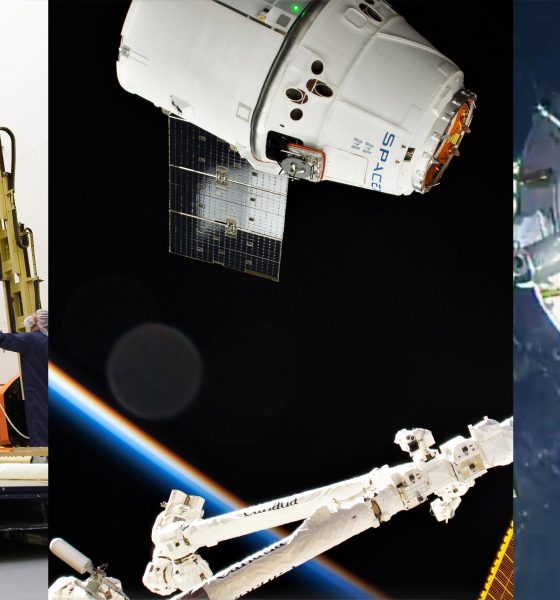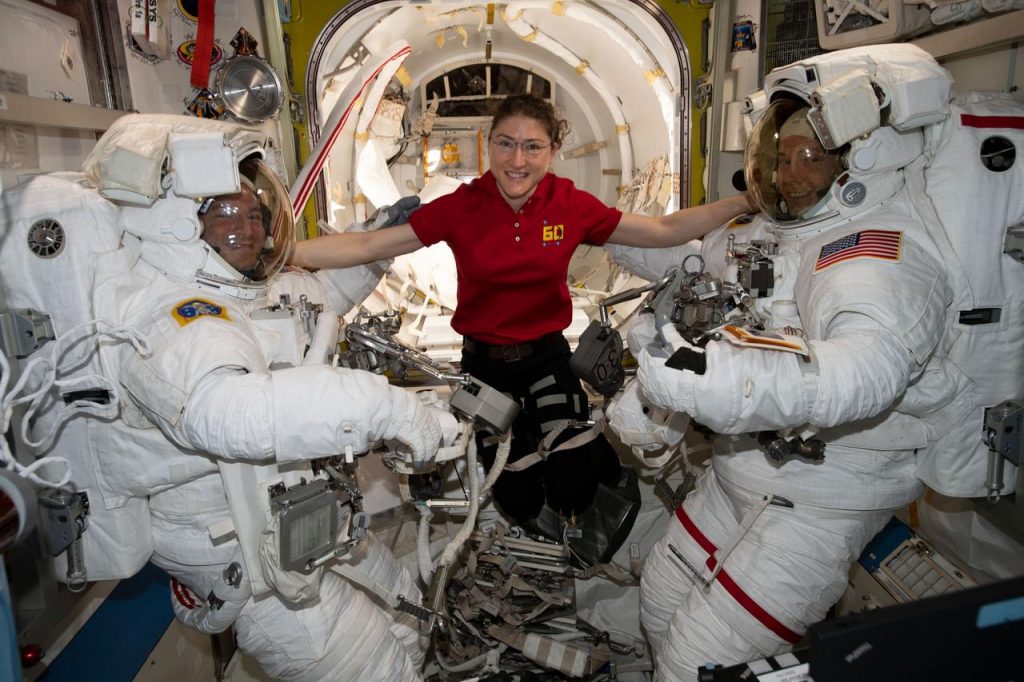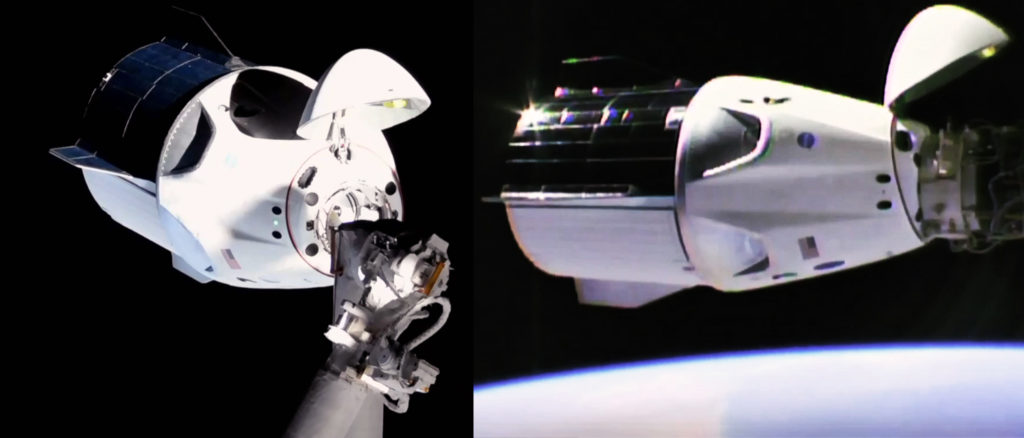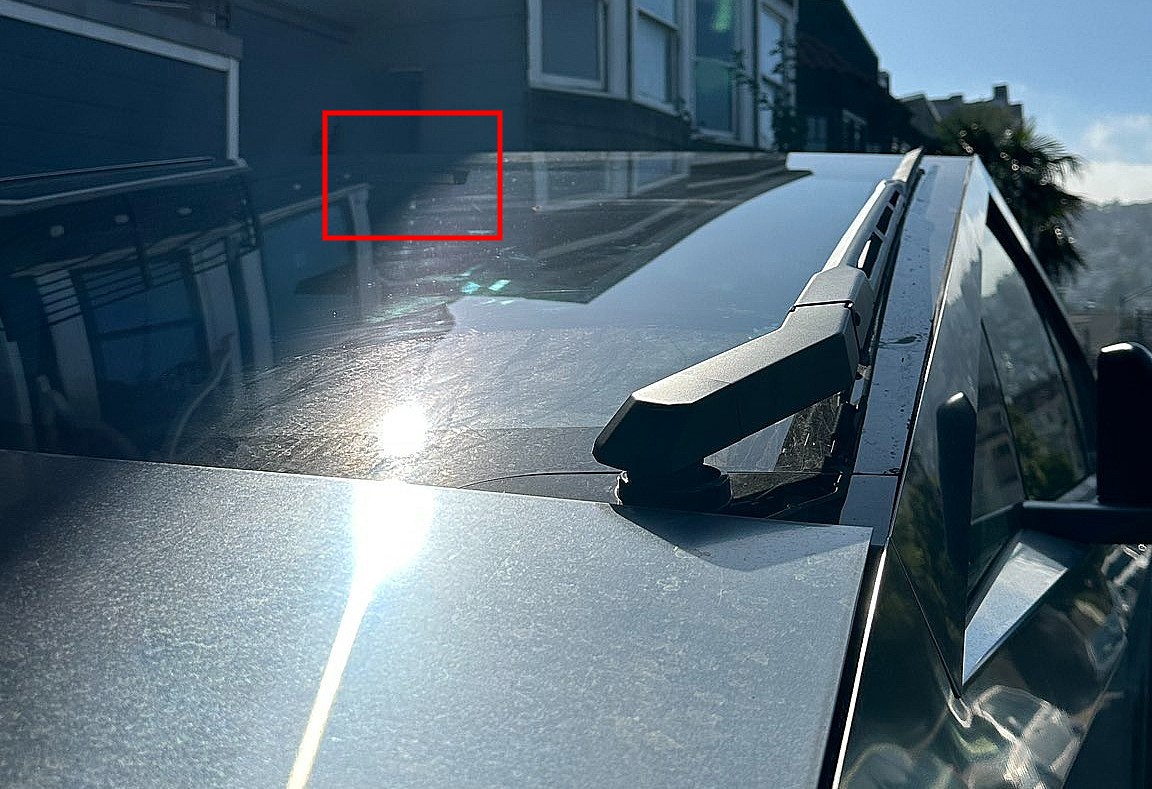

News
NASA installs SpaceX-delivered docking adapter for Crew Dragon, Boeing Starliner missions
Launched on July 25th, SpaceX’s CRS-18 Cargo Dragon successfully docked with the International Space Station (ISS) a few days later, delivering a major piece of space station hardware in its unpressurized trunk.
Known as International Docking Adapter 3 (IDA-3), the docking port will quite literally open the door for future commercial missions to the space station. Some 25 days after arriving at the ISS, NASA astronauts Nick Hague and Andrew Morgan performed a six-hour spacewalk (also known as an extra-vehicular activity or EVA) on August 21st, over the course of which they successfully installed IDA-3 on the outside of the space station.
On Monday, August 19th, IDA-3 was extracted from Cargo Dragon’s expendable trunk using Canadarm-2 and stored a few feet away from the Pressurized Mating Adapter 3 (PMA-3) on the station’s Harmony module. The PMA-3 is a leftover from the days of Space Shuttle and has thus been unused since 2011 – IDA-3’s installation means that the old hardware will be able to finally return to operational use.

The successful spacewalk was the fifth of this year and 218th overall. Astronauts Nick Hague and Andrew Morgan worked outside of the ISS to complete the tethering process and install power and data connectors, spending much of the 6.5 hours simply attaching and routing new cabling, extremely difficult to do in NASA’s semi-rigid EVA spacesuits. Astronaut Christina Koch assisted the duo from inside the station.
IDA-2, IDA-3’s predecessor, was successfully installed way back in August 2016, while the docking port was used for the first time ever just six months ago, when SpaceX’s Crew Dragon spacecraft – as part of its inaugural orbital launch – autonomously docked at IDA-2 on March 3rd, 2019. IDA-1 was sadly destroyed after a Falcon 9 upper stage failed catastrophically in June 2015, resulting in the total loss of Cargo Dragon CRS-7 and its array of ISS-bound cargo. Although far from the first, IDA-3 is still an extremely important addition to the ISS, particularly with respect to assuring redundancy and future accessibility for numerous spacecraft.

IDA’s are meant to serve as truly international ports, built by Boeing from a partially open-source design with parts from companies located in 25 different states and primary structures produced by Russian company RSC-Energia.
Both adapters feature a standard design, uniform docking requirements, and fittings for power and data transfer, all of which which are readily available to spacecraft designers to help streamline and simplify docking procedures. The IDA (technically, IDSS) standard has been adopted by both SpaceX’s Crew Dragon and Boeing’s CST-100 Starliner, while Russia may also adopt the standard on its next-generation Federation spacecraft, meant to replace Soyuz sometime in the 2020s.

Both US capsules – currently in various stages of production and flight preparations – will be able to autonomously dock with either IDA-2 or -3, as will SpaceX’s Crew Dragon-derived Dragon 2, to be used for SpaceX’s Commercial Resupply Services 2 (CRS2) contract. With two IDA adapters, a SpaceX and Boeing crew capsule or two SpaceX Dragon 2s could simultaneously dock with the ISS.
Unlike the berthing process used by Cargo Dragon, Cygnus, and (prospectively) Dream Chaser, the docking adapters allow for spacecraft to perform autonomous docking maneuvers. Berthing instead involves the spacecraft in question station-keeping just a few meters away from the ISS while astronaut operators manually ‘grab’ the spacecraft with a giant, robotic arm known as Canadarm2.

While the installation of a second adapter is certainly a step in the right direction to support a larger commercial customer base, there are many more steps to get through before the ISS can begin to support regular visits from Crew Dragon and Starliner. Both SpaceX and Boeing are hopeful that their capsules will be ready for their crewed launch debuts (Demo-2 and OFT, respectively) before 2019 is out, although delays into 2020 are extremely likely for both NASA Commercial Crew providers.
Check out Teslarati’s newsletters for prompt updates, on-the-ground perspectives, and unique glimpses of SpaceX’s rocket launch and recovery processes.

News
Tesla aims to combat common Full Self-Driving problem with new patent
Tesla writes in the patent that its autonomous and semi-autonomous vehicles are heavily reliant on camera systems to navigate and interact with their environment.

Tesla is aiming to combat a common Full Self-Driving problem with a new patent.
One issue with Tesla’s vision-based approach is that sunlight glare can become a troublesome element of everyday travel. Full Self-Driving is certainly an amazing technology, but there are still things Tesla is aiming to figure out with its development.
Unfortunately, it is extremely difficult to get around this issue, and even humans need ways to combat it when they’re driving, as we commonly use sunglasses or sun visors to give us better visibility.
Cameras obviously do not have these ways to fight sunglare, but a new patent Tesla recently had published aims to fight this through a “glare shield.”
Tesla writes in the patent that its autonomous and semi-autonomous vehicles are heavily reliant on camera systems to navigate and interact with their environment.

The ability to see surroundings is crucial for accurate performance, and glare is one element of interference that has yet to be confronted.
Tesla described the patent, which will utilize “a textured surface composed of an array of micro-cones, or cone-shaped formations, which serve to scatter incident light in various directions, thereby reducing glare and improving camera vision.”

The patent was first spotted by Not a Tesla App.
The design of the micro-cones is the first element of the puzzle to fight the excess glare. The patent says they are “optimized in size, angle, and orientation to minimize Total Hemispherical Reflectance (THR) and reflection penalty, enhancing the camera’s ability to accurately interpret visual data.”
Additionally, there is an electromechanical system for dynamic orientation adjustment, which will allow the micro-cones to move based on the angle of external light sources.
This is not the only thing Tesla is mulling to resolve issues with sunlight glare, as it has also worked on two other ways to combat the problem. One thing the company has discussed is a direct photon count.
CEO Elon Musk said during the Q2 Earnings Call:
“We use an approach which is direct photon count. When you see a processed image, so the image that goes from the sort of photon counter — the silicon photon counter — that then goes through a digital signal processor or image signal processor, that’s normally what happens. And then the image that you see looks all washed out, because if you point the camera at the sun, the post-processing of the photon counting washes things out.”
Future Hardware iterations, like Hardware 5 and Hardware 6, could also integrate better solutions for the sunglare issue, such as neutral density filters or heated lenses, aiming to solve glare more effectively.
Elon Musk
Delaware Supreme Court reinstates Elon Musk’s 2018 Tesla CEO pay package
The unanimous decision criticized the prior total rescission as “improper and inequitable,” arguing that it left Musk uncompensated for six years of transformative leadership at Tesla.

The Delaware Supreme Court has overturned a lower court ruling, reinstating Elon Musk’s 2018 compensation package originally valued at $56 billion but now worth approximately $139 billion due to Tesla’s soaring stock price.
The unanimous decision criticized the prior total rescission as “improper and inequitable,” arguing that it left Musk uncompensated for six years of transformative leadership at Tesla. Musk quickly celebrated the outcome on X, stating that he felt “vindicated.” He also shared his gratitude to TSLA shareholders.
Delaware Supreme Court makes a decision
In a 49-page ruling Friday, the Delaware Supreme Court reversed Chancellor Kathaleen McCormick’s 2024 decision that voided the 2018 package over alleged board conflicts and inadequate shareholder disclosures. The high court acknowledged varying views on liability but agreed rescission was excessive, stating it “leaves Musk uncompensated for his time and efforts over a period of six years.”
The 2018 plan granted Musk options on about 304 million shares upon hitting aggressive milestones, all of which were achieved ahead of time. Shareholders overwhelmingly approved it initially in 2018 and ratified it once again in 2024 after the Delaware lower court struck it down. The case against Musk’s 2018 pay package was filed by plaintiff Richard Tornetta, who held just nine shares when the compensation plan was approved.
A hard-fought victory
As noted in a Reuters report, Tesla’s win avoids a potential $26 billion earnings hit from replacing the award at current prices. Tesla, now Texas-incorporated, had hedged with interim plans, including a November 2025 shareholder-approved package potentially worth $878 billion tied to Robotaxi and Optimus goals and other extremely aggressive operational milestones.
The saga surrounding Elon Musk’s 2018 pay package ultimately damaged Delaware’s corporate appeal, prompting a number of high-profile firms, such as Dropbox, Roblox, Trade Desk, and Coinbase, to follow Tesla’s exodus out of the state. What added more fuel to the issue was the fact that Tornetta’s legal team, following the lower court’s 2024 decision, demanded a fee request of more than $5.1 billion worth of TSLA stock, which was equal to an hourly rate of over $200,000.
Delaware Supreme Court Elon Musk 2018 Pay Package by Simon Alvarez
News
Tesla Cybercab tests are going on overdrive with production-ready units
Tesla is ramping its real-world tests of the Cybercab, with multiple sightings of the vehicle being reported across social media this week.

Tesla is ramping its real-world tests of the Cybercab, with multiple sightings of the autonomous two-seater being reported across social media this week. Based on videos of the vehicle that have been shared online, it appears that Cybercab tests are underway across multiple states.
Recent Cybercab sightings
Reports of Cybercab tests have ramped this week, with a vehicle that looked like a production-ready prototype being spotted at Apple’s Visitor Center in California. The vehicle in this sighting was interesting as it was equipped with a steering wheel. The vehicle also featured some changes to the design of its brake lights.
The Cybercab was also filmed testing at the Fremont factory’s test track, which also seemed to involve a vehicle that looked production-ready. This also seemed to be the case for a Cybercab that was spotted in Austin, Texas, which happened to be undergoing real-world tests. Overall, these sightings suggest that Cybercab testing is fully underway, and the vehicle is really moving towards production.
Production design all but finalized?
Recently, a near-production-ready Cybercab was showcased at Tesla’s Santana Row showroom in San Jose. The vehicle was equipped with frameless windows, dual windshield wipers, powered butterfly door struts, an extended front splitter, an updated lightbar, new wheel covers, and a license plate bracket. Interior updates include redesigned dash/door panels, refined seats with center cupholders, updated carpet, and what appeared to be improved legroom.
There seems to be a pretty good chance that the Cybercab’s design has been all but finalized, at least considering Elon Musk’s comments at the 2025 Annual Shareholder Meeting. During the event, Musk confirmed that the vehicle will enter production around April 2026, and its production targets will be quite ambitious.








